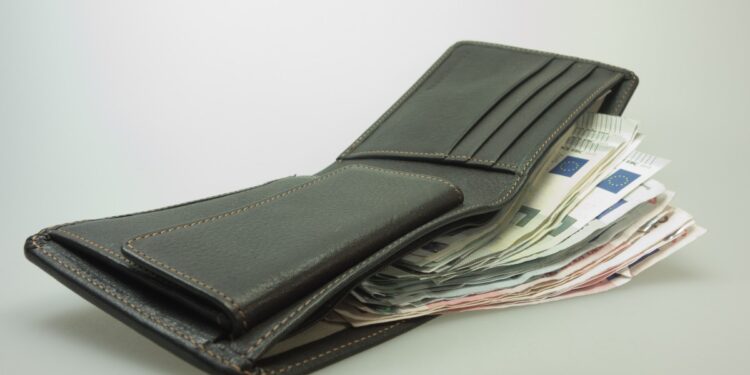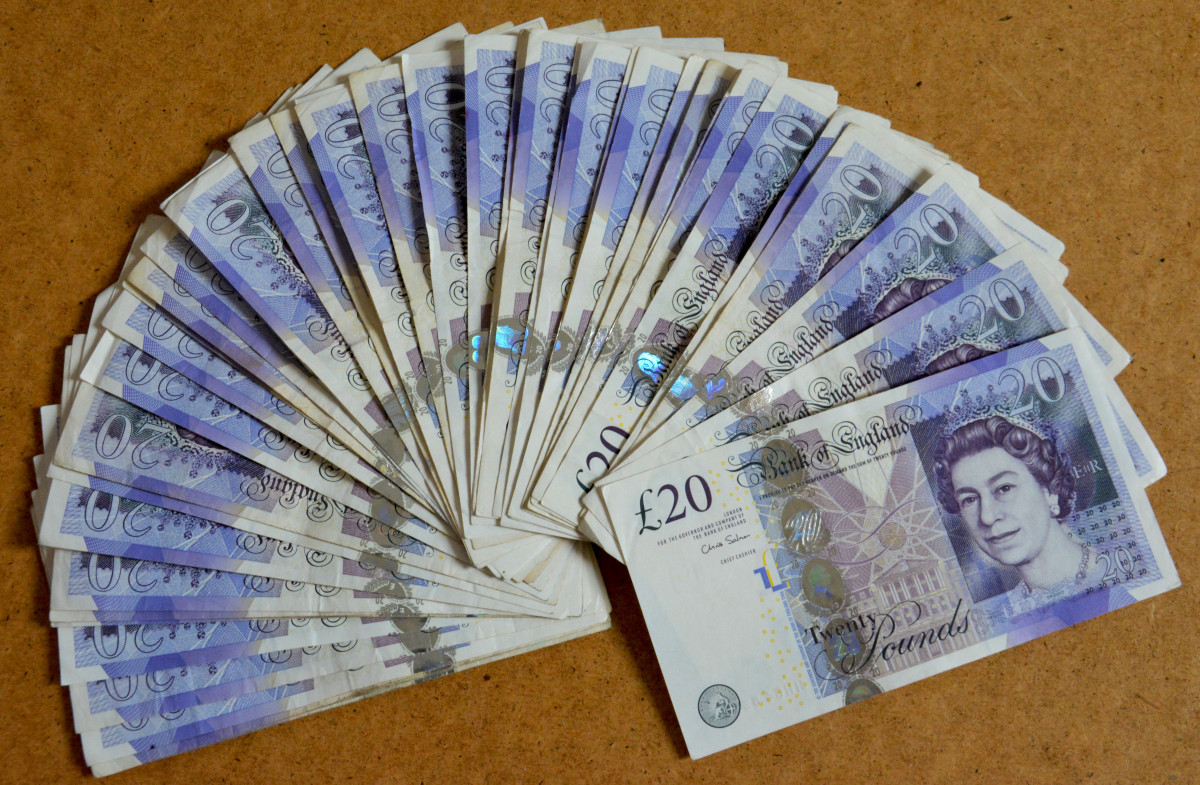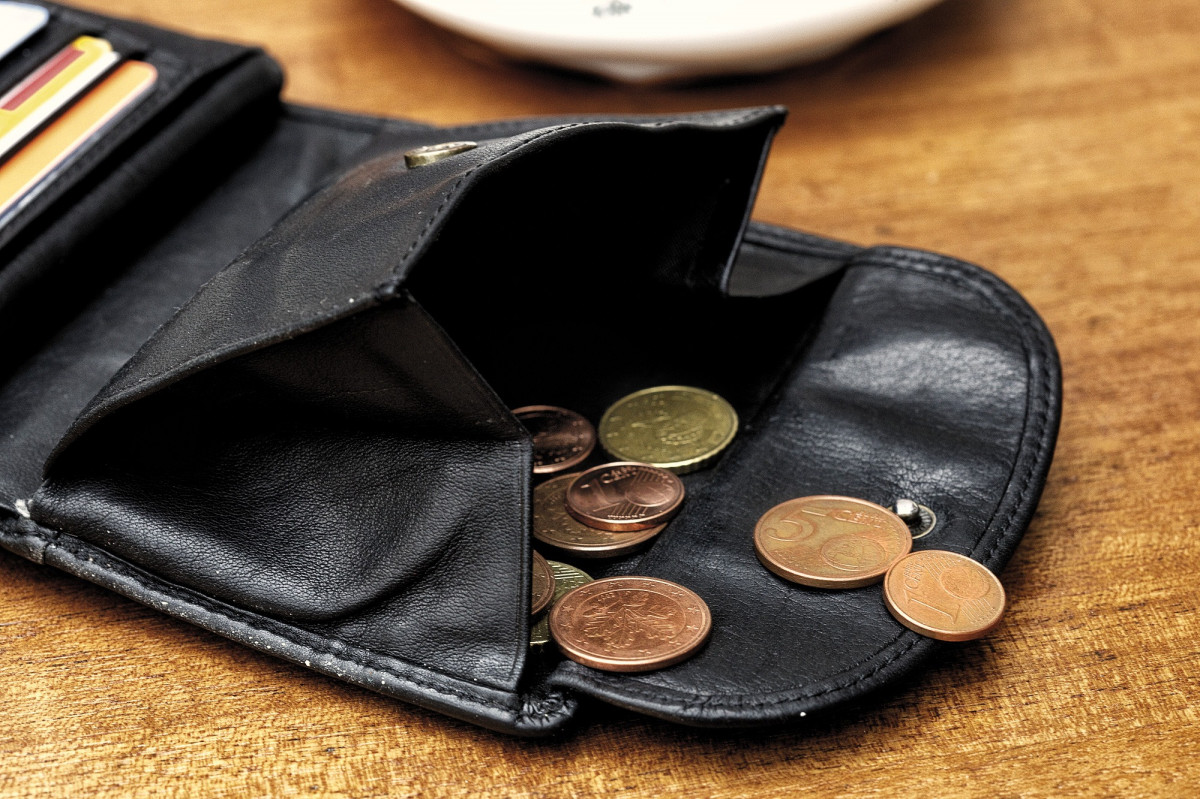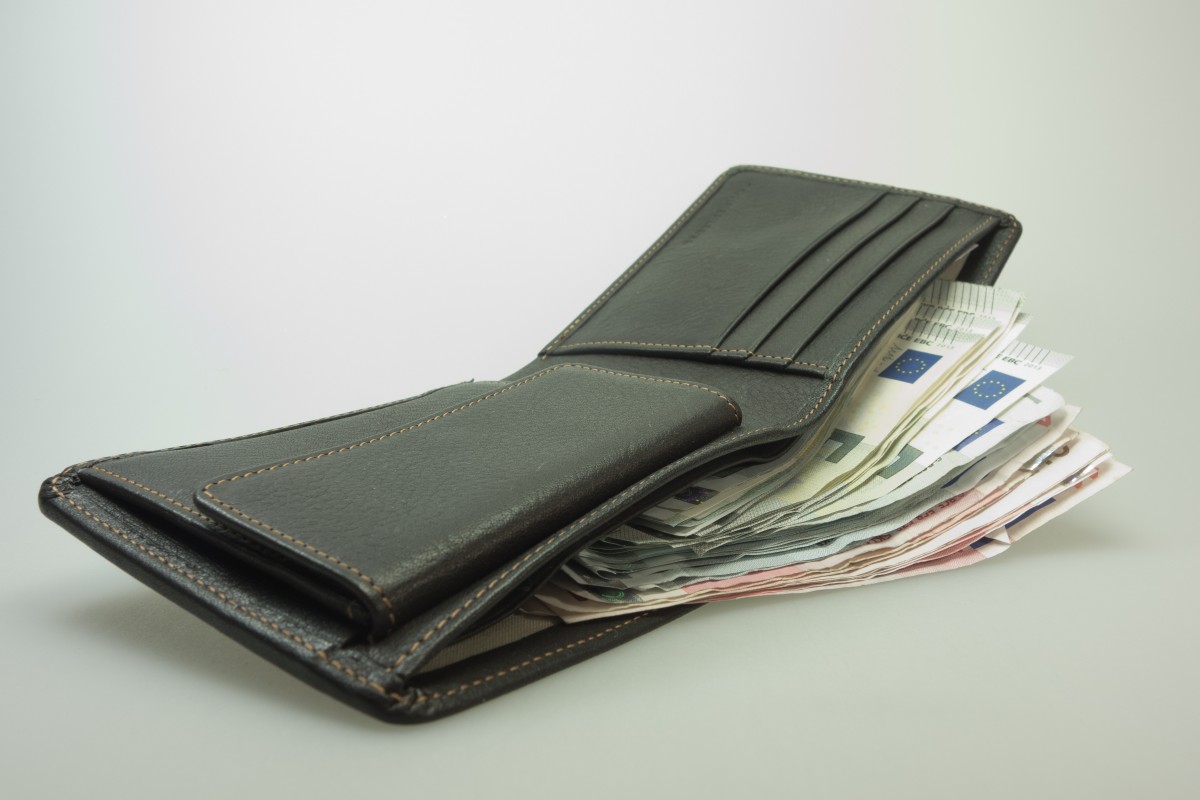Introduction: The Challenge of Unsecured Borrowing
Navigating the financial world often requires accessing substantial capital to fund major personal projects, consolidate high-interest debt, or cover unexpected large expenses. For many consumers, the preferred solution is a large unsecured loan, which offers the flexibility of quick cash without the requirement of pledging valuable assets like a home or car as collateral.
However, the lending market’s enthusiasm for approving these types of loans is directly proportional to the borrower’s perceived reliability, which is primarily summarized by their credit score. For individuals whose credit falls into the “Fair” category—typically defined as a FICO score between 620 and 669—this ambition presents a significant financial hurdle.
While a fair credit score is certainly not a rejection slip, it places the borrower squarely in a higher risk bracket for lenders. Unsecured loans, by their very nature, carry maximum risk for the financial institution; there is no asset to seize if the borrower defaults, leaving the lender’s only recourse as costly and uncertain legal action.
Consequently, lenders impose stricter criteria and charge higher interest rates to compensate for this elevated risk, especially when a large principal amount is involved. This means that a fair credit score, while allowing access to some credit products, drastically limits the pool of available lenders and virtually guarantees a significantly higher borrowing cost compared to prime borrowers.
The successful acquisition of a substantial unsecured loan with fair credit requires more than just submitting an application. It demands a strategic, nuanced approach that compensates for the credit score deficiency.
This strategy involves meticulously optimizing other financial metrics, choosing the right type of lender, and presenting an undeniable case for repayment stability. This comprehensive guide will explore the precise factors that define fair credit in the unsecured lending market, illustrate the typical financial terms associated with this tier, and provide a clear, actionable roadmap for maximizing your chances of securing a large loan while minimizing the exorbitant costs often attached to high-risk borrowing.
Part I: Defining the Landscape of Fair Credit
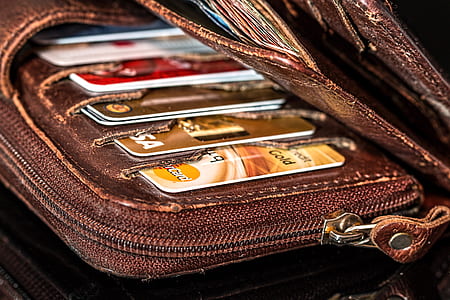
Before seeking a large unsecured loan, it is vital to understand how lenders categorize and assess applicants in the “Fair Credit” tier.
A. The Fair Credit Bracket
The Fair Credit tier is a middle ground—it suggests the borrower is generally responsible but has had past financial missteps or possesses characteristics that raise lender caution.
- FICO Score Range: The Fair tier generally spans from 620 to 669. This range is often a red flag for large conventional banks offering low-rate products.
- Common Causes: A fair score is often the result of occasional late payments, high credit utilization (carrying large balances on credit cards), or a limited credit history (a short time since opening the first account).
- The Risk Perception: Lenders view these scores as indicating elevated risk. The borrower may have experienced past financial stress, making their ability to handle a large, new debt uncertain without hard collateral.
B. The Challenge of “Large” Unsecured Loans
The term “large” for an unsecured personal loan typically refers to amounts exceeding $25,000 to $50,000.
- Maximum Exposure: Lenders cap unsecured loans to fair-credit borrowers at much lower thresholds than to prime borrowers. A borrower with a 750 score might easily qualify for a $50,000 loan; a borrower with a 650 score might be capped at $15,000 or $20,000.
- High-Cost Compounding: Any loan extended to a fair-credit borrower comes with a high Annual Percentage Rate (APR). On a small loan, this cost is manageable, but on a large loan, the high interest compounds aggressively, making the debt exceptionally expensive over its repayment term.
C. The APR Reality
The APR for an unsecured loan to a fair-credit borrower is significantly higher than market averages.
- Typical Rate Range: Borrowers in the fair credit tier should expect APRs that often fall between 18% and 30%, depending on the lender and the current economic environment.
- The Cost Barrier: This high interest rate often acts as an effective deterrent, making the cost of borrowing a large sum prohibitive. A borrower must carefully calculate whether the high APR negates the benefits of taking the loan.
Part II: Strategic Steps to Secure Approval

Since the credit score is difficult to change overnight, the applicant must strategically optimize every other aspect of their financial profile.
A. Optimize Debt-to-Income (DTI) Ratio
The DTI ratio is the most important metric after the credit score, measuring the applicant’s ability to handle the new payment.
- Calculate All Debt: The DTI compares your total minimum monthly debt payments (credit cards, existing loans, proposed new loan payment) against your gross monthly income.
- Target Threshold: Lenders strongly prefer a DTI ratio below 43%. A DTI below 36% is ideal. For a high-risk borrower seeking a large loan, a low DTI is non-negotiable.
- Actionable Improvement: Pay off small installment debts (like old medical bills or small personal loans) entirely, or aggressively reduce credit card balances. Every dollar of recurring monthly debt eliminated improves the DTI instantly.
B. Seek a Creditworthy Co-Signer
Securing a co-signer is often the most effective way for a fair-credit borrower to obtain both approval for a large loan and a competitive interest rate.
- Risk Mitigation: A co-signer with an excellent credit score (750+) and a low DTI provides the lender with a second, low-risk party to pursue if the primary borrower defaults. This drastically mitigates the lender’s risk.
- Rate Improvement: The co-signer’s strong credit profile will allow the lender to offer an APR based on their score, potentially dropping the rate from 25% down to 10% or less.
- Shared Responsibility: The co-signer is legally and equally responsible for the debt. The primary borrower must be certain they can repay the loan to protect the co-signer’s financial health.
C. Provide Comprehensive Documentation
Be prepared to offer more documentation than a prime borrower to prove your income and stability.
- Income Verification: Provide W-2s and tax returns for the last two years, along with the most recent 60 days of pay stubs. This proves income stability and consistency.
- Bank Statements: Offer the last three months of bank statements to demonstrate a consistent, positive cash flow and sufficient reserve funds.
- Usage Justification: If the loan is for a specific, positive purpose (e.g., high-interest debt consolidation), provide documentation detailing the debts to be paid off. This shows the lender that the loan will improve, not destabilize, your financial life.
Part III: Choosing the Right Lender Type
Not all lenders approach fair-credit applicants the same way. The source of the loan profoundly impacts the chances of approval and the final cost.
A. Online Lenders (Most Accessible)
Online lenders are often the best starting point for fair-credit unsecured loans due to their technology-driven, flexible underwriting models.
- Speed and Efficiency: They offer rapid pre-qualification (soft credit check) and quick fund disbursement, often specializing in extending credit to the Near Prime and Fair credit tiers.
- Risk Tolerance: They use a wider variety of data points (bank transactions, educational history) beyond just the FICO score, often providing a fairer assessment for borrowers with good income but a limited credit file.
- High Cost Warning: While accessible, their rates tend to be at the higher end of the fair-credit spectrum (e.g., 20%-30% APR), emphasizing the need for meticulous rate comparison.
B. Credit Unions (Best Rates for Members)
If you are a member of a local credit union, they are often the source of the best possible financing for the fair-credit tier.
- Member Focus: As non-profit cooperatives, credit unions are generally more flexible and forgiving with their members, often willing to look beyond a strict credit score if the borrower has a good history with the institution.
- Lower APRs: Their rates for personal loans are frequently lower than those offered by large commercial banks or online lenders.
- Relationship Lending: If you maintain your checking and savings accounts with the credit union, they have access to more data on your actual cash flow, making the approval decision less reliant solely on the FICO score.
C. Traditional Banks (Least Likely for Large Loans)
Large national banks are generally the least likely to approve a large unsecured loan for a fair-credit applicant.
- Strict Underwriting: Their underwriting models are typically rigid and heavily favor prime and super-prime borrowers to maintain a low institutional risk profile.
- Prioritization: They usually prioritize lending to their highest-tier customers first, making large unsecured loans to fair-credit borrowers rare unless there is significant collateral or a longstanding prior relationship.
Part IV: Final Considerations and Pitfalls
Successfully securing the loan is only half the battle; managing the high-cost debt requires careful attention to the terms.
A. Calculating the True Cost
Before accepting any loan offer with a high APR (18% or more), use an online calculator to determine the total interest paid over the life of the loan.
- Debt-Trapping: Accepting a $30,000 loan at 25% APR for five years means you will pay over $11,000 in interest alone. Ensure the purpose of the loan (e.g., consolidation) provides savings that exceed this interest cost.
- Interest vs. Principal: Remember that with high-interest loans, a disproportionate amount of your early monthly payments goes toward interest, barely touching the principal.
B. Avoiding Collateral Demands
A lender who rejects the unsecured application may offer a secured loan alternative, requiring you to pledge collateral.
- Risk Assessment: Only accept the secured alternative if the interest rate is substantially lower (e.g., dropping from 25% to 8%). Weigh the interest savings against the risk of losing the collateral (car, savings account) if you default.
- Avoid Title Loans: Never use high-cost, predatory products like auto title loans, which are short-term, secured loans that charge exorbitant fees and virtually guarantee the loss of the collateral.
C. The Goal: Refinance to a Lower Rate
A fair-credit borrower should view the initial high-interest loan as a temporary bridge with a clear exit strategy.
- Improve Credit Post-Loan: Use the large unsecured loan (and its on-time payments) to rapidly improve your credit score by reducing credit card utilization and establishing a perfect payment history.
- Refinance Plan: After 6 to 12 months of pristine repayment, your improved score (hopefully over 680 or 700) will allow you to qualify for a new, lower-APR personal loan. Use this new loan to pay off the expensive original loan, locking in substantial savings.
Conclusion: Strategy Over Score
The pursuit of a large unsecured loan with a fair credit score is challenging but definitively possible, provided the applicant understands the elevated risk profile they present to lenders. Success hinges not on achieving an immediate, perfect score, but on strategically optimizing mitigating factors like a low Debt-to-Income (DTI) ratio and securing a creditworthy co-signer.
Fair-credit borrowers should aggressively shop non-traditional lenders and credit unions, as these institutions offer more flexible underwriting than large banks. The critical trade-off is accepting a significantly higher Annual Percentage Rate (APR)—often in the 18% to 30% range—to secure the necessary capital.
A financially savvy approach dictates that the high-interest loan should only be used if the benefit outweighs the substantial total interest cost, ideally as a short-term financial bridge. By using the loan to establish a perfect repayment history and reduce overall credit utilization, the borrower can rapidly improve their credit score and refinance the expensive debt into a more favorable, low-cost loan within a year.

